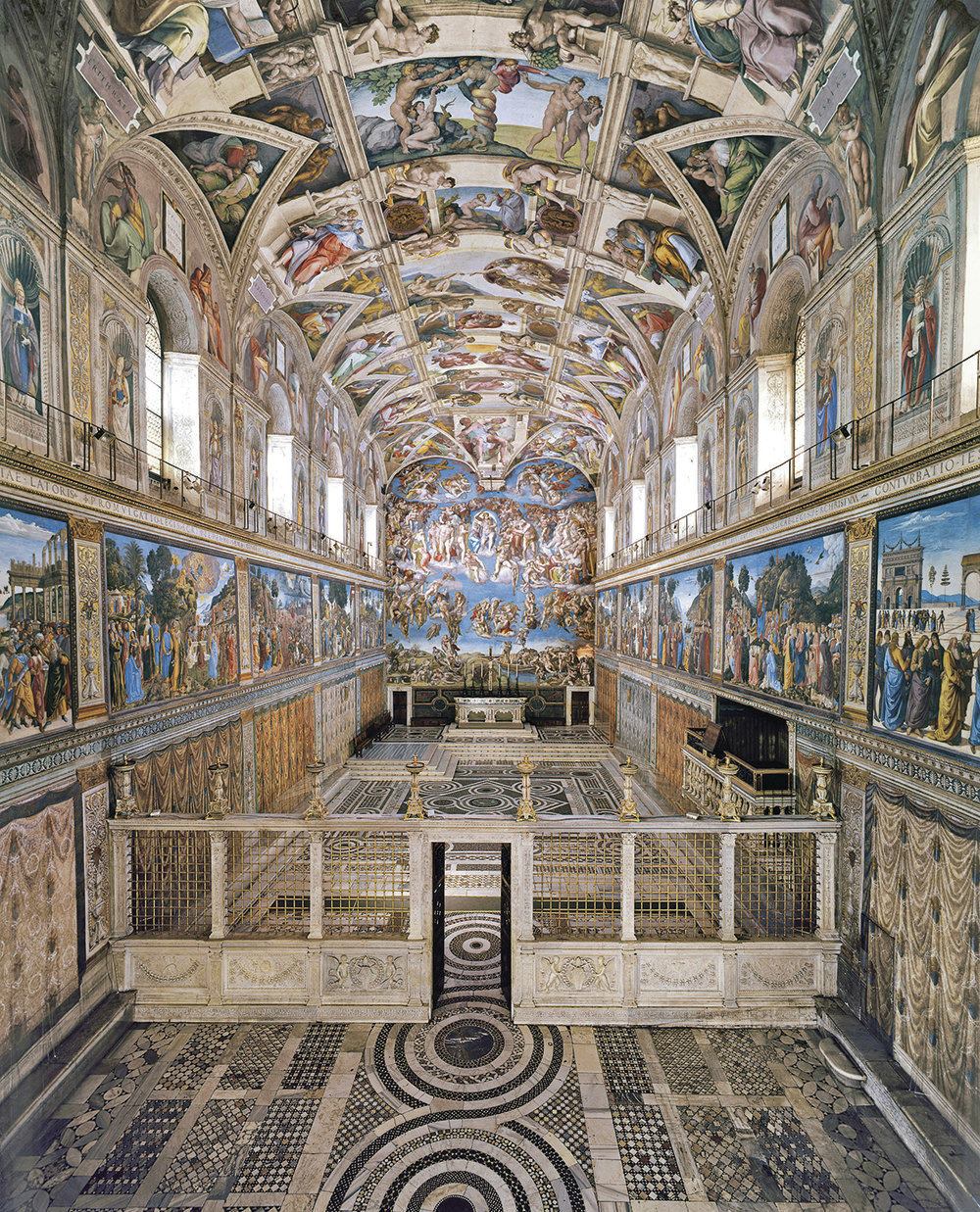Every summer, I long to attend the Pageant of the Masters, a unique production by the Festival of Arts in Laguna Beach, Calif. In it, tableau vivants, or living pictures, of the world’s greatest artwork are faithfully recreated, with real people posing as the subjects in the paintings.
This year’s theme is “The Grand Tour,” which refers to a traditional arts and culture tour of the European continent by members of the upper crust during the 18th and 19th centuries. It served as the culmination of a young person’s education and was, at a time when museums as we know them didn’t exist, the only way to see many of the works by the Old Masters.
In art history, the term “Old Masters” can refer to any preeminent Western painter between the 13th and 18th centuries, and includes such household names as Leonardo da Vinci, Donatello, Michelangelo and Raphael (coincidentally, also the names of the Teenage Mutant Ninja Turtles, as any child will gleefully inform you).
Today, we remember these artists by the masterpieces they’ve left behind, but what sometimes goes unremembered is how even these greats were required to perform under the constraints of their patrons or, as we now call them, customers.
One of the most difficult customers — er, patrons — of the time had to be Pope Julius II. There was only one person he wanted to paint the Sistine Chapel: Michelangelo. But the artist, seeing himself as more a sculptor than a painter, balked, and at one point even ran away to avoid the assignment. But one can only avoid the Pope for so long; he eventually signed a contract in 1508.
The Pope set down the guidelines — paint only the 133-by-46-foot ceiling; work in fresco, a technique where paint is applied to wet plaster; and recreate the 12 Apostles. Michelangelo agreed to the first two conditions and, luckily for us, was able to upsell the Pope to a much grander artistic vision, which ultimately included 343 figures. (One has to wonder if Michelangelo drew up a change order for the Pope.) It goes without saying that the finished masterpiece is considered a cornerstone of artistic achievement. (For a fascinating virtual visit to the Sistine Chapel, click here.)

Governatorato dello Stato Citta del Vaticano – Direzione dei Musei
A view of the Sistine Chapel. Pope Julius II commissioned Michelangelo to paint the ceiling, and the work took place from 1508 to 1512.

Governatorato dello Stato Citta del Vaticano – Direzione dei Musei
A detail of the Sistine Chapel’s ceiling after the lighting refurbishment and illuminated with the new custom LED lighting system.
Similarly, this year’s Masters of Design honorees are adept at conforming to their customers’ constraints and still producing dazzling results. Whether it’s the limitations set by the shape of the backyard, as designer Scott McCuaig faced in “Garden Art”; a homeowner’s request for a hardscape-only backyard, which Brandon Miller is tasked with in “The Main Attraction”; or the seemingly impossible directive to build a pool inside a lake, as Lisa North and her team experienced in “Floating Masterpiece,” all of the featured builders in this issue have proven to be masters in their own right.
Who needs the Pageant of the Masters when we’ve got the Masters of Design?
A profound thank you to our three returning Genesis judges, Paolo Benedetti, Jamie Scott and Kate Wiseman, for their expertise and time in judging the concrete category.



